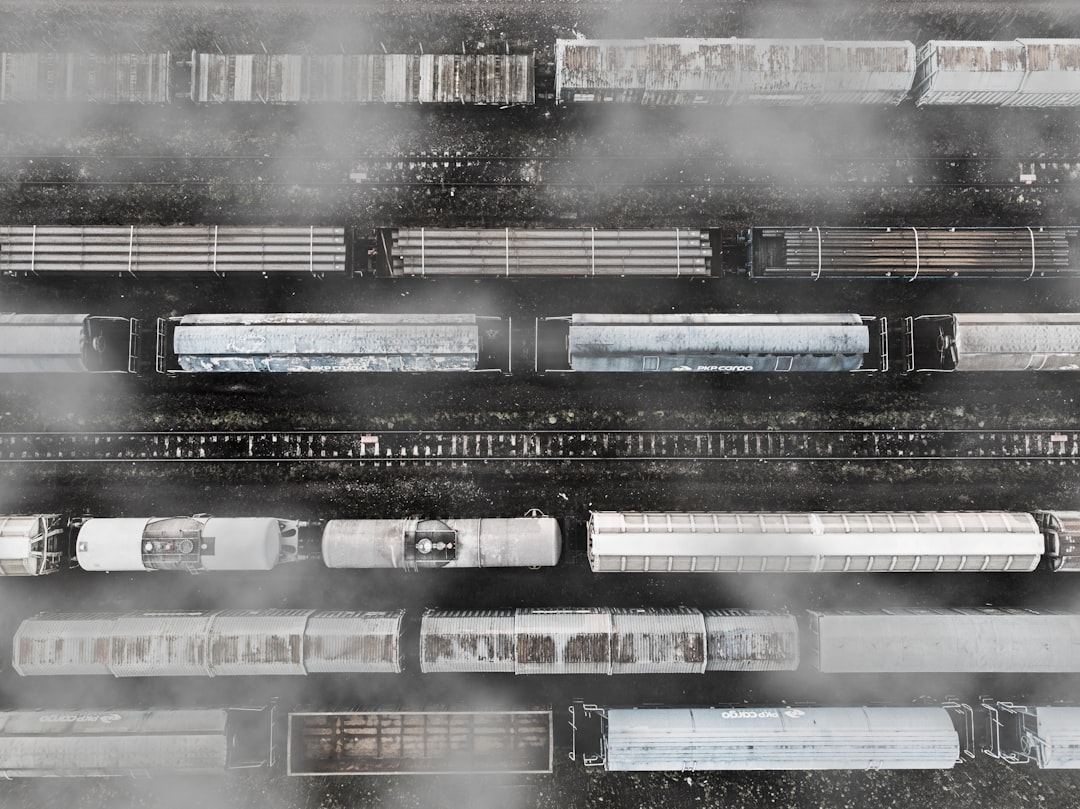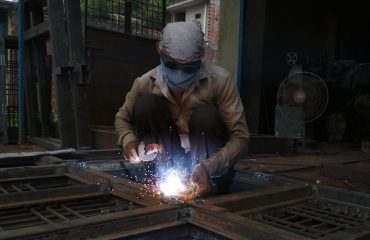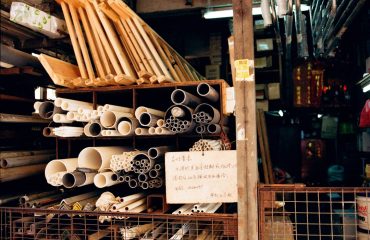body { font-family: sans-serif; line-height: 1.6; }
h1, h2, h3 { color: #333; }
img { max-width: 100%; height: auto; }
The steel industry, a cornerstone of global infrastructure, is undergoing a dramatic transformation fueled by digital technologies. Digital steel platforms are no longer a futuristic concept; they’re rapidly becoming the backbone of efficient, sustainable, and profitable steel production. This post delves into the key trends shaping this exciting evolution.
1. AI-Powered Optimization and Predictive Maintenance
Artificial intelligence (AI) and machine learning (ML) are revolutionizing steel production processes. AI algorithms analyze vast datasets from sensors embedded throughout the manufacturing process – from blast furnaces to rolling mills – to identify inefficiencies and predict potential equipment failures. This predictive maintenance significantly reduces downtime, minimizes waste, and optimizes energy consumption. For instance, AI can predict the optimal temperature and pressure settings for a blast furnace, leading to higher yield and reduced fuel costs. Moreover, by analyzing sensor data, AI can detect early signs of wear and tear in machinery, allowing for timely repairs and preventing costly breakdowns.
2. The Rise of the Digital Twin and Simulation
Digital twins, virtual representations of physical assets and processes, are gaining traction in the steel industry. A digital twin of a steel plant allows engineers and operators to simulate various scenarios, optimize production parameters, and test new processes without disrupting actual operations. This capability is particularly valuable for complex processes like continuous casting, where even minor adjustments can have significant impacts on product quality and yield. By simulating different scenarios in a digital twin, steelmakers can identify the optimal operating conditions for maximizing efficiency and minimizing defects.
3. Blockchain Technology for Enhanced Traceability and Transparency
Blockchain technology offers a secure and transparent way to track the entire lifecycle of steel products, from raw material sourcing to final delivery. This enhanced traceability is crucial for ensuring product quality, complying with regulatory requirements, and building trust with customers. By recording all transactions and certifications on a blockchain, steel companies can provide irrefutable proof of origin, composition, and processing history, combating counterfeiting and promoting ethical sourcing practices. This increased transparency also strengthens supply chain resilience by allowing for quicker identification and mitigation of potential disruptions.
4. The Integration of IoT and Big Data Analytics
The Internet of Things (IoT) is connecting a vast array of sensors and devices within steel plants, generating massive amounts of data. Big data analytics platforms are then used to process this data, extracting valuable insights that inform decision-making at all levels of the organization. This data-driven approach enables steelmakers to optimize production schedules, improve quality control, and reduce operational costs. For example, analyzing data from sensors on rolling mills can help identify patterns that lead to defects, allowing for proactive adjustments to prevent future occurrences.
5. Sustainability and the Circular Economy in Digital Steel Platforms
Sustainability is becoming a critical factor in the steel industry, and digital platforms are playing a vital role in supporting more environmentally friendly practices. Digital tools can help optimize energy consumption, reduce waste generation, and improve resource efficiency throughout the steelmaking process. Furthermore, digital platforms facilitate the transition to a circular economy by enabling better tracking and management of scrap metal and other recyclable materials. By accurately tracking the flow of materials and identifying opportunities for reuse and recycling, steel companies can reduce their environmental footprint and contribute to a more sustainable future.
The convergence of these trends is driving a significant shift in the steel industry, leading to more efficient, sustainable, and resilient operations. As digital technologies continue to evolve, we can expect even more innovative applications to emerge, further transforming the way steel is produced and consumed.
SEO-Friendly Tags:
- Digital Steel Platforms
- AI in Steel Industry
- Steel Industry 4.0
- Blockchain in Steel
- Sustainable Steel Production




